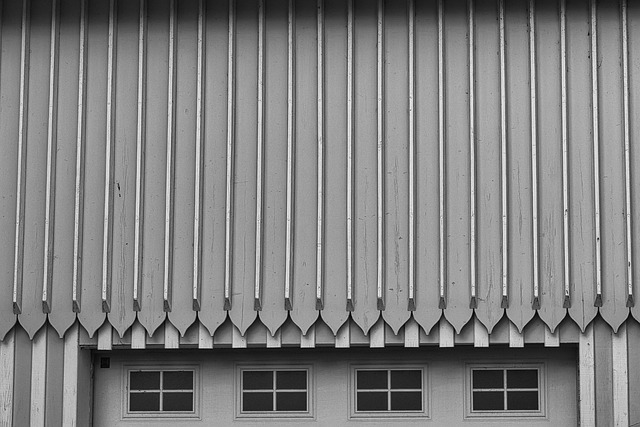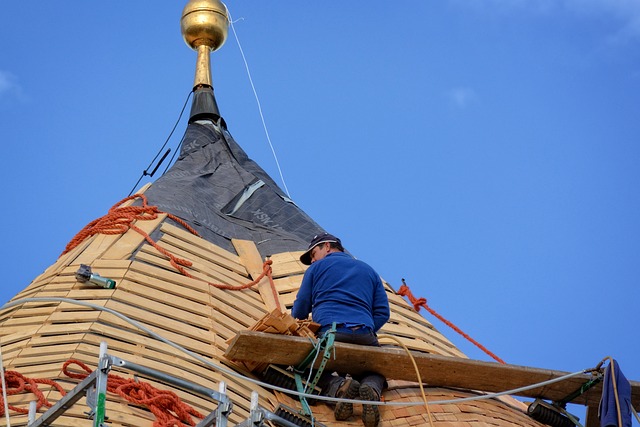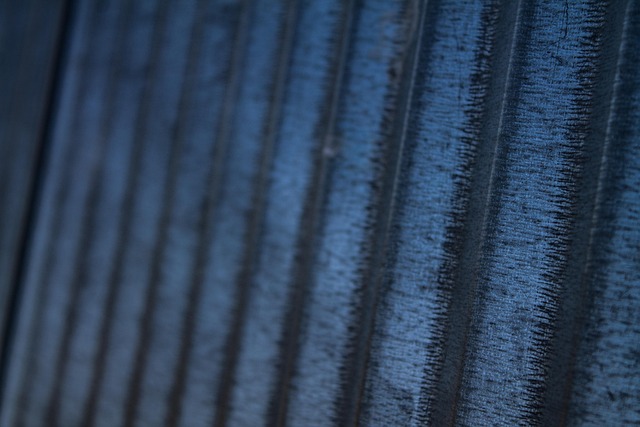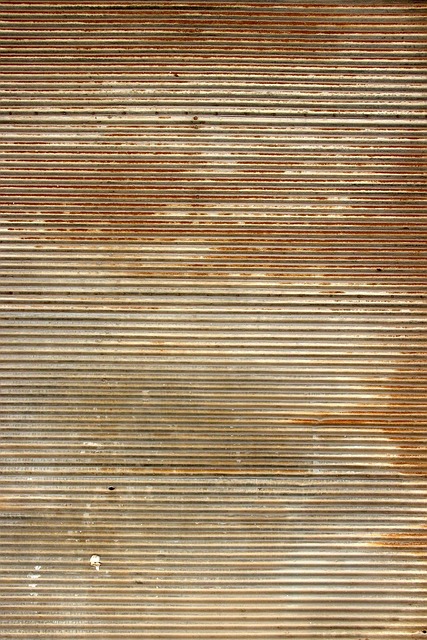Metal roofing installation offers durability, low maintenance, and visually appealing designs with materials like aluminium, steel, or copper. Before installation, prepare your roof by repairing damage and cleaning the surface. The process involves property inspection, removing existing roofs, preparing surfaces, cutting and installing metal panels, and maintaining meticulous precision. Proper flashing, sealing, high-quality materials, and regular maintenance are crucial for longevity and aesthetic appeal. Common mistakes include inadequate preparation, improper fastening, and overlooking flashing, which can compromise the roof's integrity.
“Elevate your home’s protection with expert metal roof installation—a durable, low-maintenance solution. This comprehensive guide navigates the world of metal roofing, from understanding its versatile materials and benefits to ensuring optimal longevity. We break down the preparation steps, installation process, and maintenance tips for exceptional performance. Avoid common mistakes and discover why metal roofs are a game-changer in today’s digital era. Optimize your roof’s potential with expert insights on metal roofing installation.”
Understanding Metal Roofing: Materials and Benefits

Metal roofing has emerged as a popular choice for homeowners and commercial property owners alike, thanks to its durability, low maintenance requirements, and aesthetically pleasing design. When considering metal roofing installation, understanding the materials and benefits is crucial. Modern metal roofs are crafted from a variety of materials, with the most common being aluminium, steel, and copper. Each material offers unique advantages, such as resistance to corrosion, reflective properties that reduce energy costs, and a long lifespan.
One of the key benefits of metal roofing installation is its superior durability. Metal shingles or panels can withstand extreme weather conditions, including high winds, heavy rain, and snow, without succumbing to damage like traditional roofing materials might. This longevity translates into cost savings over time, as it reduces the need for frequent repairs or replacements. Additionally, metal roofs are highly reflective, which helps keep homes cooler during hot summers, thereby reducing energy consumption and lowering utility bills.
Preparing Your Roof for Installation: Steps to Follow

Before beginning any metal roofing installation, it’s crucial to properly prepare your roof. Start by inspecting your current roofing system for any signs of damage or weakness. Metal roofs require a solid foundation, so ensuring that your existing shingles or tiles are in good condition and securely fastened is essential. Repair or replace any damaged materials before proceeding.
Next, clean the roof surface thoroughly. Remove all debris, leaves, and other obstacles that could hinder installation. A smooth, clean surface is vital for achieving a secure bond between the new metal roofing and your structure. Consider using specialized cleaning solutions or power washing to ensure optimal preparation for your metal roofing installation.
The Installation Process: From Start to Finish

The installation process for metal roofing starts with a thorough inspection of the property to ensure it meets the necessary criteria for metal roofing, such as roof pitch and structural integrity. Professionals then create a detailed plan, taking into account the specific type of metal roofing chosen, local building codes, and any unique architectural features.
Next, the old roofing material is removed, and the underlying surface prepared. This involves securing the underlayment and installing flashing to protect against leaks. Then, the metal roof panels or shingles are precisely cut to fit the roof’s shape and securely fastened using specialized fasteners. The entire process demands precision and adherence to safety protocols to ensure a durable and weather-resistant metal roofing installation.
Ensuring Longevity and Durability of Your Metal Roof

When it comes to metal roofing installation, longevity and durability are paramount. The right installation techniques and high-quality materials are essential to ensure your metal roof stands the test of time. At the heart of this is proper flashing and sealing, which prevents water intrusion and protects against rust or corrosion.
Regular maintenance plays a crucial role in preserving your metal roof’s integrity. This includes inspecting for any signs of damage, cleaning gutters to prevent clogging, and re-sealing areas that may have become compromised over time. Investing in these practices will not only extend the life of your metal roofing but also ensure it maintains its aesthetic appeal, providing a durable and low-maintenance solution for years to come.
Maintenance Tips for Optimal Performance

Proper maintenance is key to ensuring your metal roofing installation performs optimally for years to come. Regular inspections are crucial, allowing you to identify and address any potential issues early on. Look for loose or damaged panels, as well as signs of corrosion or rust, especially in areas exposed to moisture. Keeping your roof clean and free from debris is also essential; regular washing helps prevent water damage and maintains the aesthetic appeal of your metal roofing.
Additionally, maintain a clear drain system to ensure proper water flow. Clogged gutters can lead to water pooling on your roof, causing damage over time. Consider a twice-yearly cleaning schedule for your gutters and downspouts, especially in regions with heavy rainfall or snow. By incorporating these simple maintenance practices into your routine, you’ll contribute to the longevity and efficiency of your metal roofing installation.
Common Mistakes to Avoid During Metal Roof Installation

When it comes to metal roofing installation, there are several common mistakes that homeowners and even seasoned professionals can make. One of the most frequent errors is neglecting proper preparation of the roof deck before installing metal panels. This includes ensuring the deck is clean, dry, and free from any debris or moisture issues, as these can compromise the longevity and integrity of the metal roof. Insufficient fastening techniques are another common pitfall; using the incorrect screws or not following manufacturer guidelines for screw spacing can lead to loose panels over time.
Another mistake to avoid is neglecting the importance of flashing and sealing around valleys, ridges, and penetrations. Inadequate flashing can result in water penetration, causing damage to the roof deck and interior of the home. Additionally, using subpar materials or cutting corners during installation can compromise the overall durability and aesthetic appeal of the metal roofing system. Always opt for high-quality materials and follow best practices to ensure a robust and long-lasting metal roof installation.
